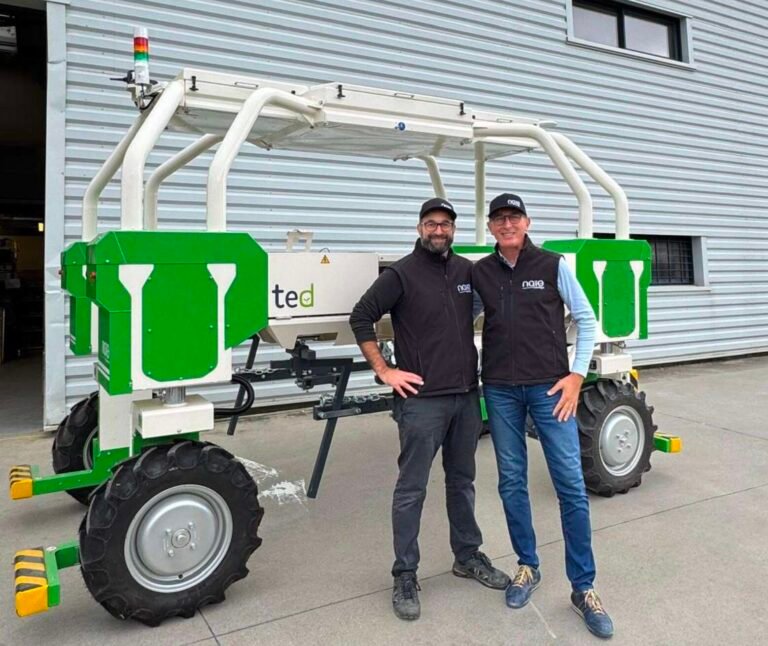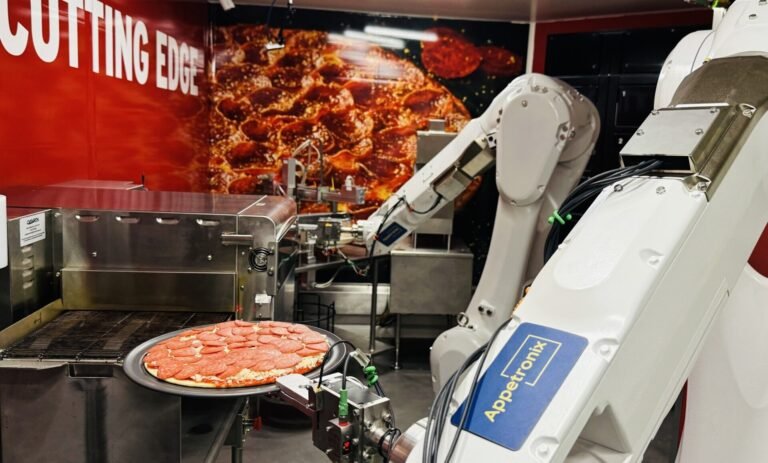Crop protection company Corteva has announced its first-ever bioinsecticide, Goltrevo, which could help growers fight destructive yield losses from pests like the corn leafhopper. The company also introduced its Varpelgo insecticide.
Unveiling the two products together underscore’s Corteva’s stance on the future of crop protection, which is to “integrate” biologicals with traditional crop protection products “as a complement to each other and for the best possible outcome for the farmer.”
Corteva says that combining these solutions “can create maximize yield and return on investment for growers while helping to address pressing global challenges like climate change, sustainability and food security.”
Many leading voices in the crop protection space share this view.
“We don’t believe that these products are meant just to work as standalone solutions,” Francisco Javier Garcia, global portfolio manager, biocontrol at Corteva, tells AgFunderNews. “At the end of the day, agriculture is about not about one product. We need to take care of crops in a more holistic way.”
The lowdown:
- Goltrevo, a broad-spectrum, microbial-based biological, will target sap-feeding insects (corn leafhoppers, whiteflies, aphids) as well as chewing insects (beetles, destructive caterpillars).
- While Varpelgo isn’t categorized as a biological, it is based on spinosad (brand name: Qalcova), an active ingredient that comes from the soil bacterium Saccharopolyspora spinosa. Varpelgo specifically targets chewing pests in fruits and vegetables as well as row crops and rice.
What’s at stake:
The corn leafhopper pest transmits a pathogen that causes corn stunt disease. This can hinder plant development and lead to devastating yield losses.
- Garcia estimates that corn leafhoppers can cause up to 70% yield loss in a crop.
- Historically, corn leafhoppers only impacted late-planted corn. Now they also prey on corn planted earlier in the season, increasing overall potential damage.
- Whiteflies and aphids are also significant threats to yields, among other pests.
How Goltrevo could help:
Garcia says with Goltrevo growers can expect a longer product shelf life (24 months versus 12 to 18 with other products) and lower potential for pests to develop resistance.
Importantly, Goltrevo works across multiple crops, including corn, soybean, sugarcane, fruits and vegetables, and in pastures.
Using Goltrevo to complement synthetic chemicals would potentially lessen the amount needed of the latter. Farmers can no longer afford—literally and metaphorically—to spray chemicals 10 times over a field during a season.
“Combining biological with synthetic is critical, key to reducing the risk of resistance, and to get a good level of control,” says Garcia.
Next up:
Commercial sales of Goltrevo are slated to being in early 2027 in Brazil, pending regulatory approvals. Plans for the rest of Latin America, North America and Europe will follow.
Varpelgo commercial sales are expected in Asia-Pacific and Latin America in the early 2030s, “pending completion of field trials and applicable regulatory reviews.”
On the company’s most recent earnings call, Corteva CEO Chuck Magro predicted $600 million in revenue in 2025 for its biologicals portfolio.
The post Corteva unveils its first-ever bioinsecticide: ‘Combining biologicals with synthetics is critical’ appeared first on AgFunderNews.

